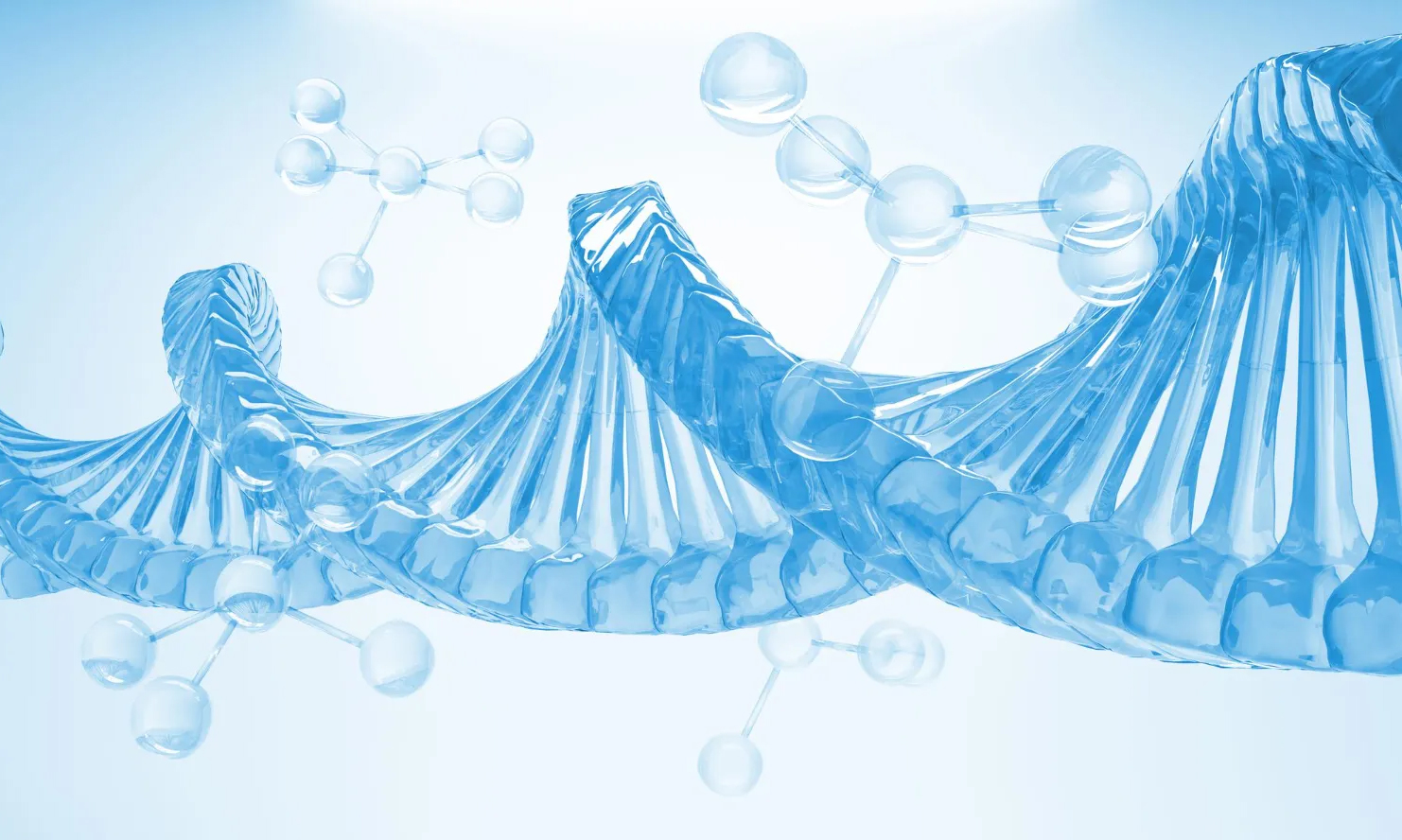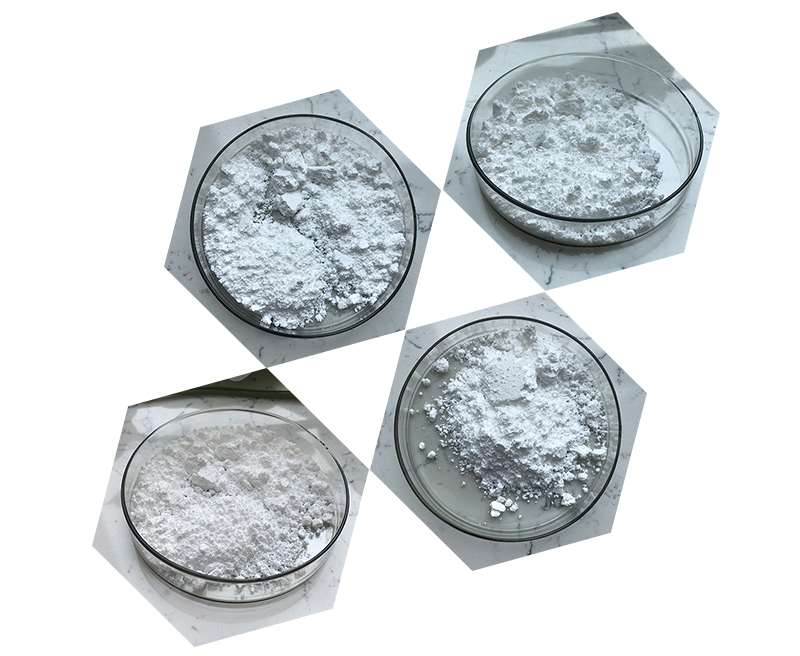NMN (Nicotinamide Mononucleotide) is a naturally occurring compound that plays a role in the production of NAD+ (nicotinamide adenine dinucleotide), which is important for energy metabolism and cellular repair. NMN is commonly used as a supplement to support healthy aging, but its production in a lab setting typically involves chemical or enzymatic synthesis. Here’s a simplified overview of how NMN can be prepared in a laboratory setting:
1. Synthesis of NMN
The synthesis of NMN involves several steps, but it can generally be broken down into the following key processes:
a.Starting Materials:
The starting materials for NMN synthesis are typically:
Nicotinamide (NAM): A form of vitamin B3 and a precursor to NAD+.
Ribose-5-phosphate: A sugar molecule that plays a crucial role in the biosynthesis of nucleotides.
b.Enzymatic Synthesis:
One of the most common methods to synthesize NMN is through the use of an enzyme called nicotinamide phosphoribosyltransferase (NAMPT). This enzyme catalyzes the transfer of a ribose-5-phosphate group from a donor molecule (usually from ribose-5-phosphate) to nicotinamide.

Reaction:
Nicotinamide+Ribose-5-phosphate→NMN+PPi (pyrophosphate)
This process essentially adds the ribose sugar to the nicotinamide molecule, forming NMN.
c. Chemical Synthesis:
NMN can also be synthesized using chemical methods. This involves chemical reactions where nicotinamide is first activated (for example, by reacting it with a phosphorylating agent), and then the ribose-5-phosphate is introduced to form NMN.
- The chemical process may require careful control of pH, temperature, and the use of reagents that help facilitate the phosphorylation reaction.
2. Purification of NMN
After synthesis, NMN is typically purified through processes such as:
- Chromatography: Techniques like high-performance liquid chromatography (HPLC) or column chromatography can be used to purify the compound.
- Precipitation: NMN may also be precipitated out of solution using solvents and then filtered and dried.
These steps are important to ensure that the NMN product is of high purity, especially for use as a dietary supplement or in research.
3. Quality Control
Once purified, NMN is subjected to various tests to ensure its quality:
- Spectroscopy: Techniques such as UV-Vis spectroscopy and mass spectrometry can be used to confirm the identity of the compound and verify its molecular structure.
- HPLC: High-performance liquid chromatography is also commonly used to assess the purity of the final product.
4. Formulation and Packaging
Once NMN is synthesized and purified, it can be formulated into supplements, typically in powder or capsule form. Manufacturers may combine NMN with other compounds, such as fillers, stabilizers, or excipients, to make it easier to consume.

Summary of Steps:
- Synthesize NMN using enzymatic or chemical methods.
- Purify the NMN product via chromatography or precipitation.
- Test for purity and identity using spectroscopy and chromatography.
- Formulate and package the final product for use.
Conclusion:
The production of NMN typically involves either enzymatic or chemical synthesis, followed by purification and quality control. NMN is then made available for use in dietary supplements or research purposes.
If you have a specific question about any of these methods, feel free to ask!
